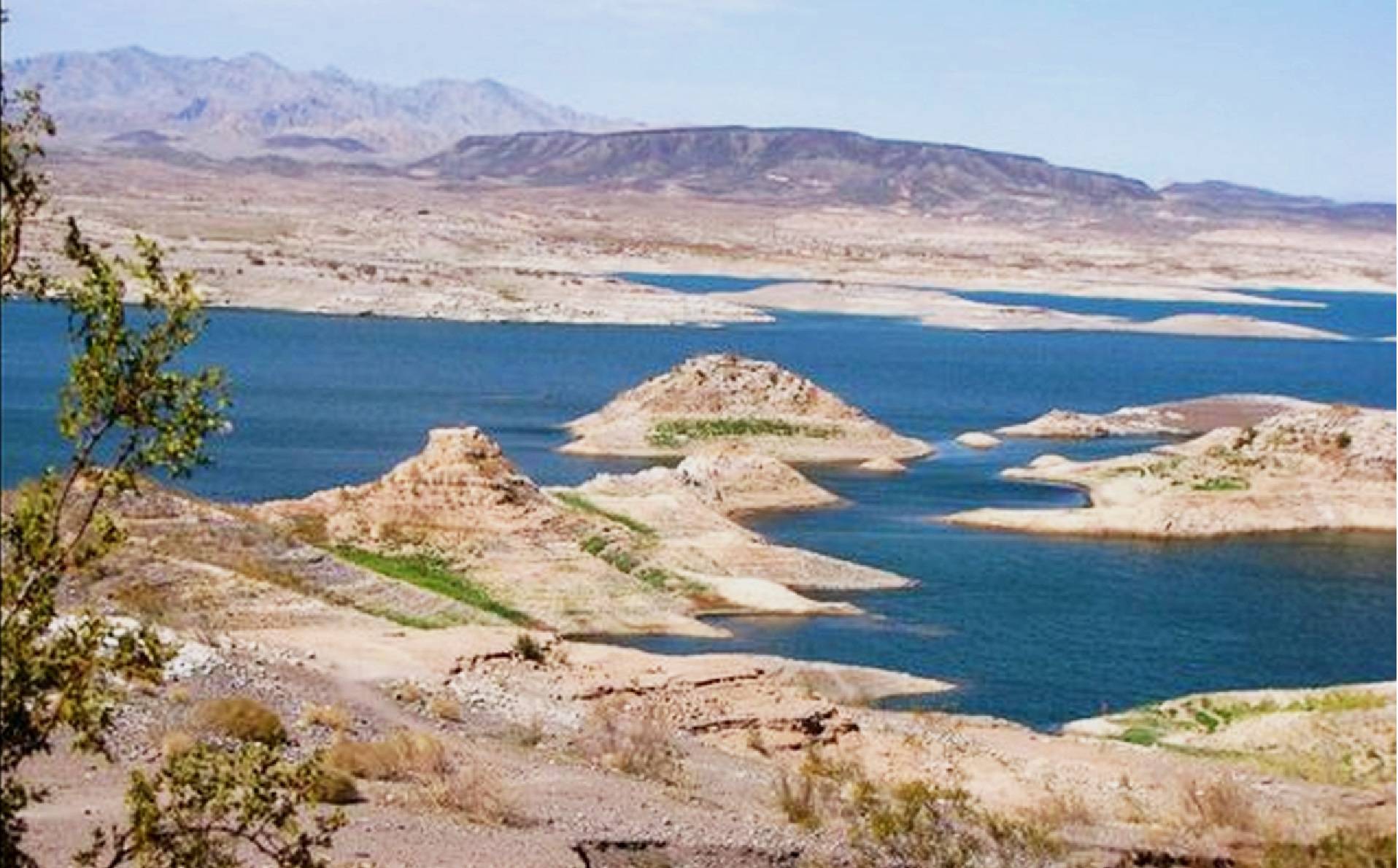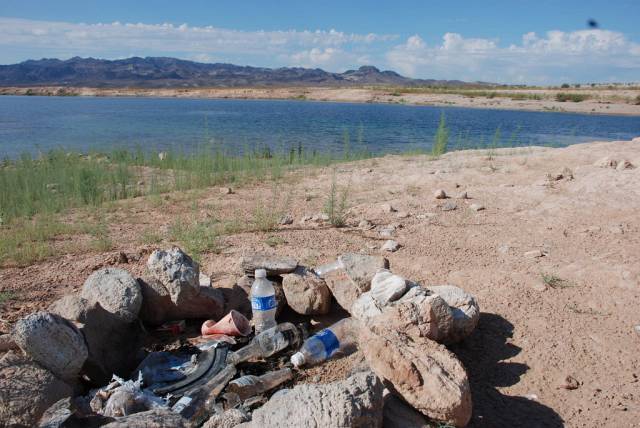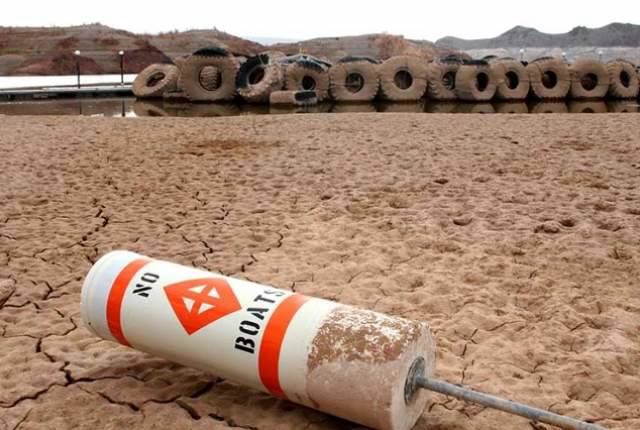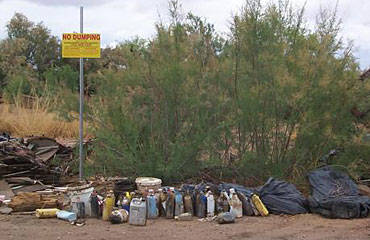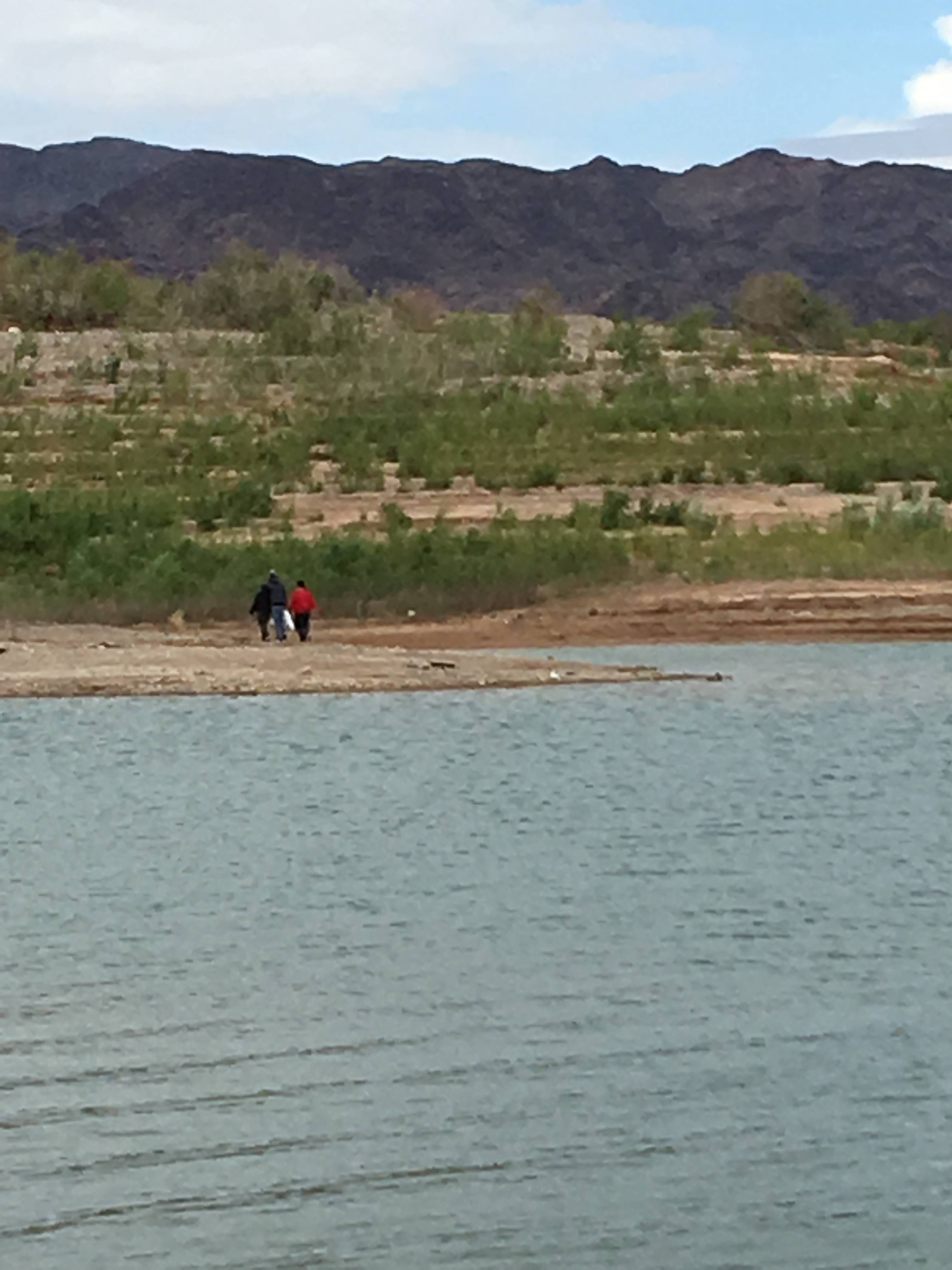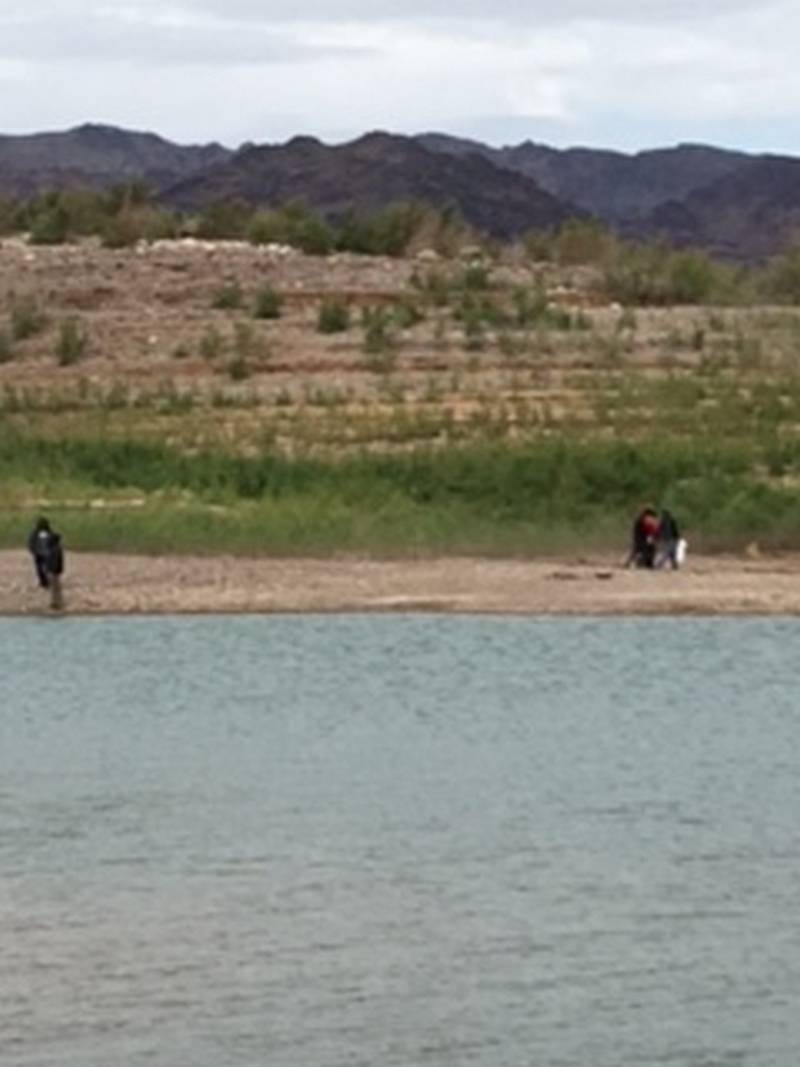Let’s Help Save And Clean Up Lake Mead
Fundraising campaign by
Nathan Pan
-
US$0.00Donated So Far
Campaign Story
Lake Mead is the largest man-made reservoir lake behind Hoover Dam that supplies water to Las Vegas, much of Arizona, and all of Southern California, is now just 38% full at its all-time low, falling below 1080 feet above sea level for the first time in 78 years. The reservoir serves water to nearly 20 million people and many large areas of farmland. Lake Mead receives the majority of its water from snow melt in the Colorado, Wyoming, and Utah Rocky Mountains. Inflows to the lake are largely moderated by the upstream Glen Canyon Dam, which is required to release 8.23 million acre feet of water each year to Lake Mead. Hoover Dam is required to release 9 million acre feet of water each year, with the difference made up by tributaries that join the Colorado below Glen Canyon or flow into Lake Mead. Outflow, which includes evaporation and delivery to Arizona, California, Nevada, and Mexico from Lake Mead are generally in the range of 9.5 to 9.7 million acre feet, resulting in a net annual deficit of about 1.2 million acre feet. Before the filling of Lake Powell behind Glen Canyon Dam, the Colorado River flowed largely unregulated into Lake Mead, making Mead more vulnerable to drought. From 1953 to 1956, the water level fell from 1,200 to 1,085 feet. During the filling of Lake Powell from 1963 to 1965, the water level fell from 1,205 to 1,090 feet. Multiple wet years from the 1970s to the 1990s filled both lakes to capacity, reaching a record high of 1225 feet in the summer of 1983. In these decades prior to 2000, Glen Canyon Dam frequently released more than the required 8.23 million acre feet to Lake Mead each year, allowing Lake Mead to maintain a high water level despite releasing significantly more water than for which it is contracted. However, since 2000, the Colorado River has experienced persistent drought, with average or above-average conditions occurring in only five years (2005, 2008–2009, 2011 and 2014) in the first 14 years of the 21st century. Although Glen Canyon was able to meet its required minimum release until 2014, the water level in Lake Mead has steadily declined due to the loss of the surplus water that once made up for the annual overdraft. As a result of the steadily decline the Southern Nevada Water Authority have built an underground tunnel underneath Lake Mead so that even after the water drops below the 2nd water intake tunnel (which it already has) we would still have access to the last drop should the worst of all possible scenarios happen. In Southern Nevada we have began to implement a whole series of measures aimed at driving down residential use. From banning grass in the front yards, putting in water waste ordinances, regulating community watering schedule, and even put covenants on the property. But entirely the Las Vegas strip, with the fountains and 40 million tourists a year that come through, as their net water footprint, uses 3-4% of all the water. Water usage in all the hotel is captured, treated, and reused again and have their own water infrastructure system.
This campaign funding is to get funding to start up a business/non-government organization called S.O.I.L. Our goal is to develop into a non-profit organization that is consist of members and volunteers adults and children assist in clean ups, maintain, and help save and preserving the Lake Mead National Recreational Area. From the coves, trails, or roads we performing clean ups at a minimum of at least 24 times a year. We set goals to informing public and communities of any over vegetation and water waste to regulate unnecessary water usage. In addition to help conserve and preserve we educate the public of our water drought situation and the importance of Lake Mead. We also help perform clean ups of Las Vegas Wash Wetlands which act as the kidneys of the environment, cleaning the water that runs through it into Lake Mead which accounts for 2% of the water in Lake Mead. The wetlands filter out harmful residues from fertilizers, oils, and other contaminants that can be found on the roadways and in the surrounding deserts.
All donations with be divided into funding to start up for the S.O.I.L organization and percentage of all cash donation will be divided among to benefit Lake Mead NRA directly to the park and the Clark County Wetlands. Your donations will be funded to one or more of the following:
Educational Programs
Visitor Information
Plant Studies
Animal Studies
Habitat Restoration
Litter Clean-up
Ranger Activities
Volunteer Program
Emergency Medical Supplies
Water Safety
Organizer
- Nathan Pan
- Campaign Owner
No updates for this campaign just yet


